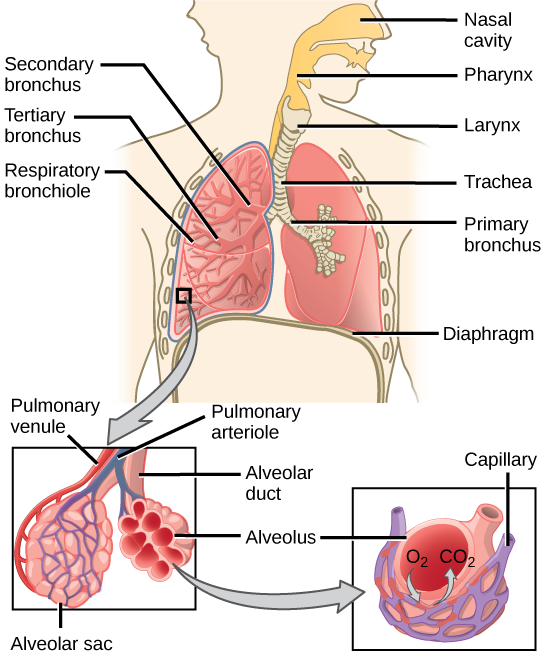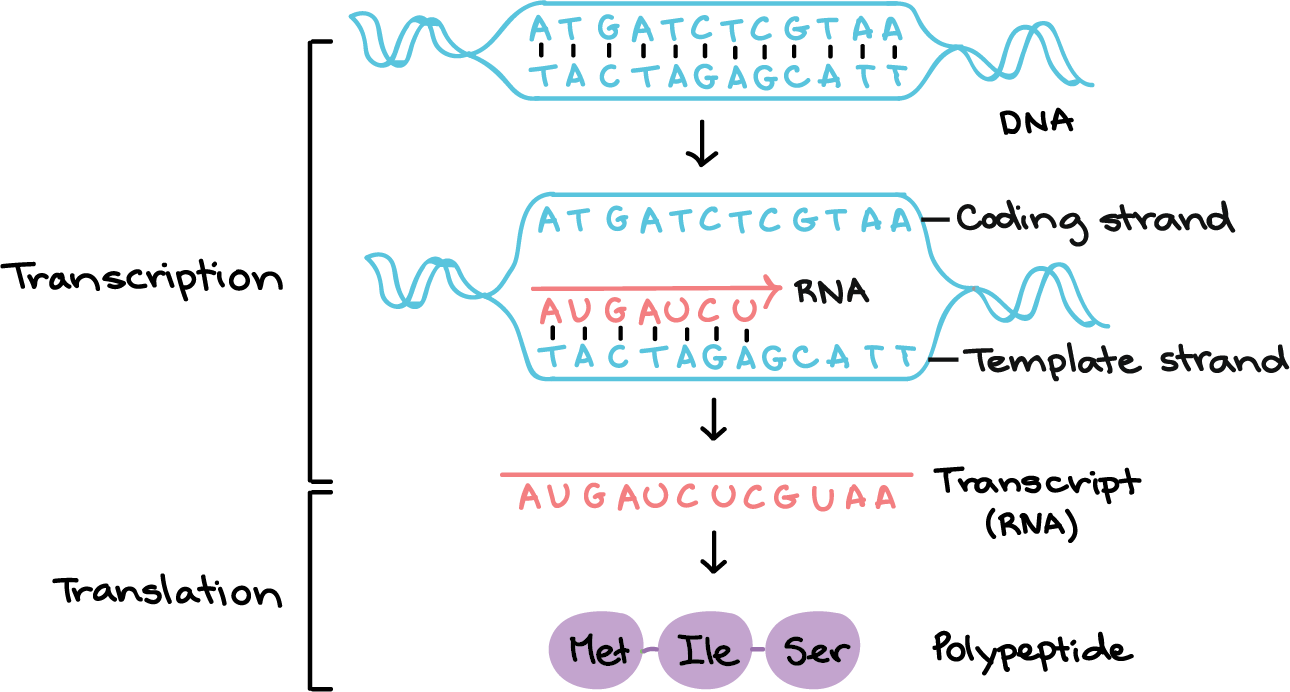Which of the following is a function of the respiratory system?
A. Transport of nutrients to the body
B. Pumping of blood to the lungs
C. Exchange of gases between the body and the environment
D. Digestion of food in the stomach
One of the main functions of the respiratory system is to facilitate the exchange of gases between the body and the environment. During inhalation, air enters the lungs and oxygen is absorbed into the bloodstream. During exhalation, carbon dioxide is removed from the body and expelled into the environment.
 |
Therefore, the Correct Answer is C.





